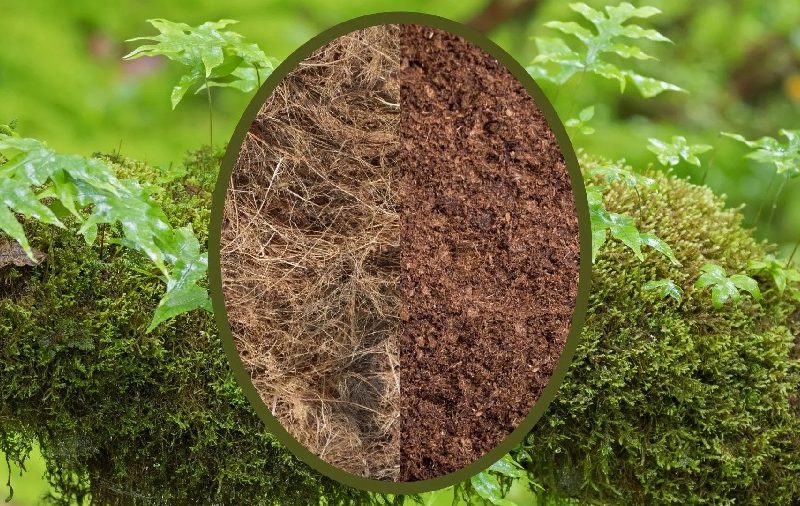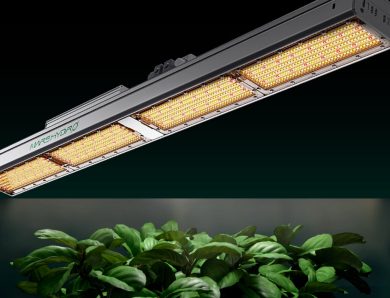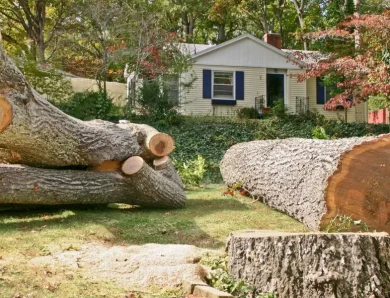
Coco Peat vs Coco Coir: What’s the Difference?
Coco peat and coco coir are both byproducts of the coconut industry and are commonly used as soil amendments and growing media for plants.
Coco Peat Vs Coco Coir :What You Need to Know
Coco peat is made from the compressed fibers of coconut husks, while coco coir is made from the coir fibers that are found in between the husk and the shell of the coconut.
Coco peat is compressed into blocks. These coco peat block can be hydrated by adding water, which causes them to expand several times their original size. The resulting coco peat can be used as a growing medium for plants and it is known for its excellent water-holding capacity.
Coco peat is a light-brown, spongy material that looks similar to peat moss, while coco coir is a coarser, more fibrous material that is typically sold in the form of bricks or blocks.
Coco peat has a higher water-holding capacity than coco coir, which means it retains more moisture and requires less frequent watering. Coco peat has a slightly acidic pH level of around 5.2-6.8, while coco coir has a neutral pH of around 6.5-7.5.
Coco peat manufacturer also add specific nutrients and other additives to the coco peat to improve its water holding capacity, pH value, and make it a better growing medium for plants.
Coco coir is a versatile product that is made from the fibers of coconut husks. It is used in a wide range of applications, including horticulture, erosion control, and as a growing medium for plants.
Coconut coir, also known as coco coir or simply coir, is a natural fiber that is obtained from the outer husk of coconuts.
Coconut coir is known for its durability and resistance to decay, making it a popular choice for a variety of applications, including horticulture, erosion control, and as a growing medium for plants
Each other Difference Between Coco Peat and Coco Coir
Coco peat, also known as coir pith or coir fiber pith, is the soft, spongy material found in the center of coconut husks. It is made up of dead cells and is a byproduct of the coconut fiber industry. It is known for its excellent water-holding capacity and is often used as a growing medium for plants in hydroponics and container gardening. It is also used as a soil amendment to improve aeration and drainage. Coco peat is lightweight and easy to handle, it can be compressed and packaged into blocks, which can be easily transported and stored.
Coco coir, on the other hand, is the fibrous material found on the outer shell of coconut husks. It is made up of long, strong fibers that are more durable than coco peat. Coco coir is typically light-brown to reddish-brown in color and has a pH of around 5.2-6.8. It is used in a wide range of applications, including horticulture, erosion control, and as a growing medium for plants. Coco coir is also used as a soil amendment to improve aeration and drainage. It is also used to make rope, mats, brushes, and other industrial products. Coco coir is more durable than coco peat and is more resistant to breaking down over time.
In terms of water-holding capacity, coco peat is considered to be the better option. It is able to hold up to eight times its weight in water, making it an ideal growing medium for plants that require a lot of water. Coco coir, on the other hand, has a lower water-holding capacity and is better suited for plants that require less water. However, it is important to note that coco coir can hold more water than other growing mediums such as peat moss.
In terms of nutrient content, coco peat is considered to be less rich in nutrients compared to coco coir. Coco peat is mostly composed of dead cells, which means it contains very little in the way of nutrients. Coco coir, on the other hand, is made up of long fibers that are rich in lignin and cellulose, which makes it a more nutrient-rich growing medium.
In terms of cost, coco peat is typically less expensive than coco coir. This is because coco peat is a byproduct of the coconut fiber industry and is often considered a waste product. Coco coir, on the other hand, is a primary product of the coconut industry and is typically more expensive.
In summary, coco peat and coco coir are both derived from coconut husks, but they are distinct products with different properties and uses.
Coco Peat and Coconut Coir is Better than Soil?
They have several advantages over soil, such as high water-holding capacity, excellent aeration, slightly acidic pH level, sterility, reusability, and nutrient content. However, it is important to research the specific needs of the plants before choosing the growing medium as it may not be suitable for all types of plants and gardening situations.




